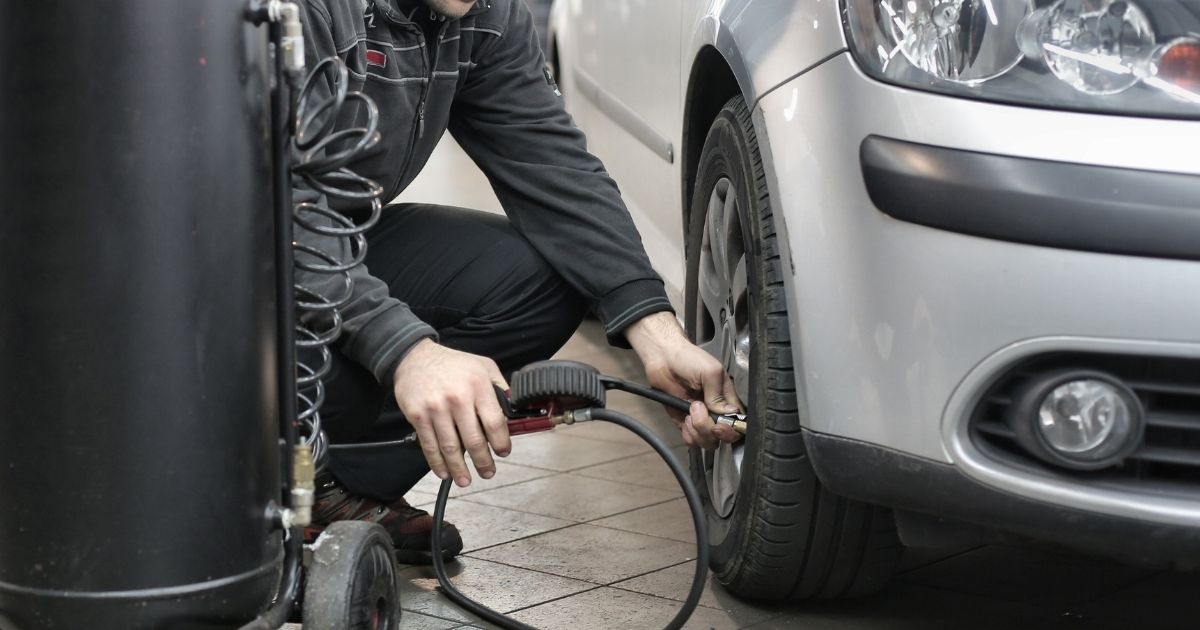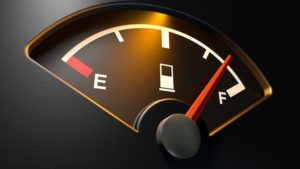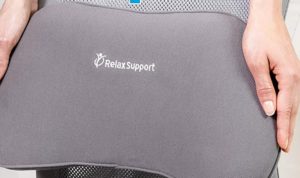Do you want high-performance tires like those in race cars? Your tires probably won’t achieve the track-like performance with your car, but there is an option. Fill them with nitrogen instead of normal air.
Can you fill your tires with nitrogen at home instead of car center refills? Yes! It’s easy to give your tires a refill by yourself by using a nitrogen-filled cylinder and following the correct steps. Remove as much air as possible from the tires, then refill them with nitrogen. A 96-percent nitrogen fill is good enough since you cannot get rid of all the air before you start filling.
Fill your tires with nitrogen at home
Filling your tires with nitrogen at tire centers or car dealerships will quickly pile up your car maintenance costs. So, why don’t you invest in a home nitrogen refill setup? Here’s what you will need. Also, check the table below for the analyzed numbers.
1. Nitrogen tank or cylinder
For your home use, you will need a nitrogen cylinder (mid-sized tank) just like the ones you use for welding gases. You can opt for a tank that holds about 300 cubic feet of nitrogen, which will be enough for about 60 refills.
The mid-sized tank is a reasonable investment. Getting the 300 cu/ft size will cost about $400, so can opt for a small-sized one like a 125 cu/ft on Amazon. You’ll pay about $40 to refill 300 cu/ft if you run out of nitrogen.
If you do the calculations, your 300 cubic feet of nitrogen cylinder can refill your car tires about 15 times. You will end up saving lots of money since most nitrogen refills cost between $3 and $10 per tire ($12 – $40 for all tires).
2. Digital tire inflator
Tire inflators let you regulate how much air fills your tires. It connects from the nitrogen tank to the tire valve.
Connecting your digital tire inflator or gauge is a matter of plugging and screwing. You can use Teflon tape for an air-tight connection to the gas cylinder.
Some inflator packs come with standard valve caps, which you won’t use (use the nitrogen valve caps instead).
3. Portable nitrogen analyzer
You don’t want all your effort in setting up a nitrogen filling system to go to waste. Get a portable nitrogen analyzer to check the nitrogen percentage in your tires after each refill.
Besides the cylinder, an N analyzer is the other expensive part of your DIY nitrogen filling station.
4. Nitrogen valve caps
After your tires are rocking at least 96 percent nitrogen, you want people to know you’ve gone green.
Have you ever seen those green tire valve stem caps labeled N2? Those are the ones you need to seal your tires.
5. Lift jack
As a car owner who loves DIYing, a lift jack is part of my toolset. If do not have one, it will another addition to the things you need during your tire filling procedure. I recommend getting a heavy triple lift jack (check the exact price on Amazon).
How much does it cost to fill tires with nitrogen?
With the breakdown of all the things you need to fill your tires at home with nitrogen, we can estimate how much you will spend.
| Part | Estimate cost |
| Nitrogen cylinder (300 cu/ft) | $400 |
| Digital tire inflator | $28 |
| Portable nitrogen analyzer | $396 |
| Nitrogen valve caps | $8 |
| Lift jack | $250 |
| Initial cylinder gas fill | $40 |
| Total | $1,122 |
| Total (without jack and analyzer) | $476 |
Here’s an interesting comparison table.
| Long term costs | ||
| Filling at home cost | Filling at gas center cost | |
| First 15 tire fillings | $0 | $300 |
| Next 15-30 tire fillings | $2.67 | $300 |
| Next 30-45 tire fillings | $2.67 | $300 |
| Next 45-60 tire fillings | $2.67 | $300 |
Let’s break down the second table. We’re working with a 300 cubic feet cylinder that can roughly fill 60 tires. It means you can fill all the four tires of your car 15 times before buying another supply of nitrogen for your cylinder.
As mentioned, filling your tires at a gas center costs anywhere between $3 and $10. Let’s use $5 per tire fill, which means you’ll spend $20 for all your tires.
Procedure for filling nitrogen in your tires at home
The purpose of filling your tires with N gas is to enjoy the benefits it offers. We’ll discuss the benefits later in this post, but first here are the correct steps you need to follow.
- Remove the valve core to let out as much existing air as possible from the tire. If you don’t have a special tool for removing valve cores, use a pair of needle-nose pliers. Lift your car using a lift jack before removing the valve core.
- Connect the digital tire inflator to the nitrogen cylinder and fill up the tire with about five pounds of pressure. Then, let it blow out again to eliminate the remaining oxygen.
- Before all the air blows out, screw back the valve core.
- Now, fill up the tire with pure nitrogen to full pressure.
- The next step is to find out how much N is inside your refilled tire. Use the nitrogen analyzer gauge by connecting its nozzle to the tire valve. Let it analyze the air coming out of the tire for about 25 seconds.
- Repeat the steps if the N reading is less than 96 percent.
Can I put nitrogen in my tires myself? Where can I fill my tires with nitrogen? These are some of the questions I saw people asking online during my research.
If you follow the steps I have listed above you can clearly fill your tires yourself, and do it at home.
How do you check nitrogen-filled tires?
Plug the nozzle of your N analyzer onto the tire valve. As air escapes from inside the tire, the analyzer will display the percentage of N.
Tires filled with nitrogen will generally show a percentage higher than 92.
You won’t have to worry much about your tires losing pressure if you go the ‘green way’. However, you can still use the digital tire inflator to check the tire pressure when it’s cold, before driving, or after 3 hours of driving. When using the inflator to check your tire psi, do not connect it to the cylinder.
Compare the psi you’ve measured with what the car manufacturer recommends. You can find those details on the doorjamb sticker usually found on the driver’s side. Both readings should be roughly the same. The inflator has a deflation button in case of excess pressure.
Does cold weather affect nitrogen-filled tires?
Yes, a drop in temperature affects tires filled with nitrogen. During the cold season, a 10-degree Fahrenheit drop will cause a two percent pressure loss in N-filled tires.
The solution for this issue is to fill your tires 10 percent higher than the manufacturer recommended psi. However, do not go beyond the tire’s recommended psi. It might blow up.
Benefits of filling tires with nitrogen
By nature, compressed nitrogen is more homogenous and has large molecules. Its large molecules minimize tire leak-outs. However, there are other benefits of using N to fill your car tires.
1. Minimal tire temperature changes
N does not heat up as quickly as compressed air does. Because of that, your tire temperature will remain consistent hence minimizing the chances of tire blowouts associated with overheated tires.
2. Its effect on tire life
A tire operating temperature plays a part in how it wears out. If you opt for nitrogen, your temperatures will remain almost constant even after long drives hence causing minimal wear and tire associated with heated tires.
3. How it holds-up your tire pressure
You’re guaranteed consistent tire pressure for the most part of using your car. Nitrogen maintains its temperature in a hot environment hence your tires won’t have an increased pressure like in air-filled tires.
Nitrogen particles are large compared to normal air so pressure loss will be slow even in cold weather.
4. Its reaction with your tires
N is inert and dry. It is way less reactive compared to normal compressed air that can react with moisture and cause rust on the metal rim.
5. Is it a real ‘green’ option?
Nitrogen is considered a green alternative since tire pressure is constant and consistently at the right level. I turn, your car tires will run smoothly with less rolling resistance hence fuel-efficient and save on fuel expenses.
Because N can lengthen the life of your tires there will be no need to replace them often hence help in slashing your tire maintenance costs.
Besides the advantages I have listed, vehicles that operate in hazardous areas like mines should use nitrogen in their tires to reduce fire risk since it is an inert gas.
Also, you can consider using nitrogen instead of normal air tire filling because of the following reasons.
- If you drive a high-performance vehicle
- Frequent travels to areas with cold weather (pressure loss in air-filled tires)
- Live in cold or warm areas since extreme temperatures can affect air-filled tires
- If you use high-quality tires and hope to extend their lifespan
What are the disadvantages of nitrogen?
Ditching compressed air tire filling comes at a cost.
For instance, here is a valid question.
1. How much does it cost to fill tires with nitrogen?
You’ll need to think about the cost. The standard cost to fill a tire can vary from $3 to $10 per tire. The price depends on variables like tire size and pressure.
On the other hand, standard air is mostly free or $1 at many gas centers. Some dealerships, tire centers, and service stations offer free refills on-site if you buy their tires or a car from them.
2. Less available compared to normal gas
Nitrogen can be challenging to find since it’s less popular as a tire refill gas and you’re more likely to find it in select service stations.
3. Tire manufacturer warranty issues
Some tire manufacturers have policies regarding filling up their tires with nitrogen. Not all tire brands appreciate nitrogen use and may not cover it in their warranties.
I advise that you check with the tire manufacturer to see if a particular tire model you have will still be covered by their guarantee or not.
Conclusion
Filling your tires with nitrogen at home is simple. The huddle you’ll have to cross is the initial investment cost of buying the cylinder, digital tire inflator, nitrogen analyzer (you don’t have to buy it), and the valve caps. In the long run, you’ll save money while enjoying better performing tires than when using normal compressed air in your tires.



